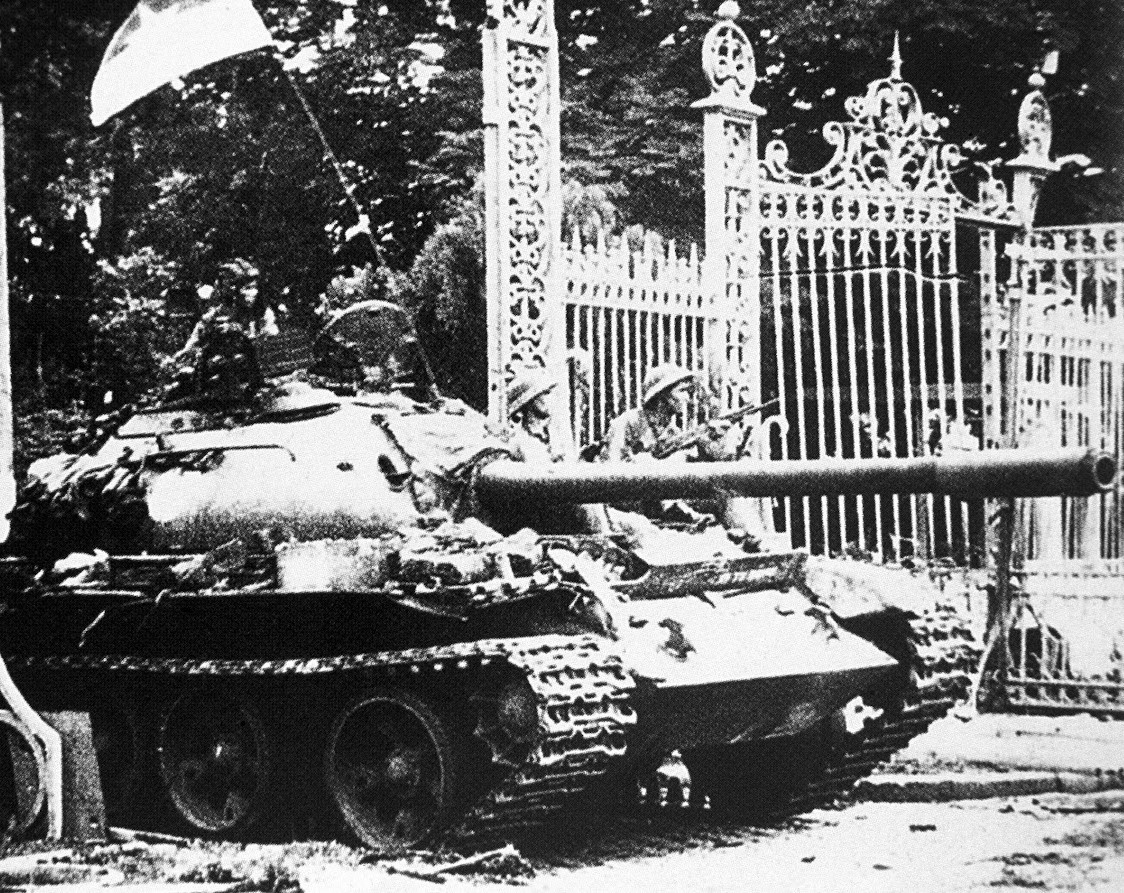Comment
Reuters' last Saigon office; how it began - and ended
Wednesday 24 April 2024
When I arrived in Saigon in the autumn of 1965 as Reuters bureau chief, my day and night job was of course the war.
The huge American troop buildup was underway, the first direct battle was being fought between US forces and regular units of the North Vietnamese Army (Ia Drang) and the volatile South Vietnamese political scene was driven by coup rumours and a simmering Buddhist insurrection.
My side job, increasingly urgent, was to find a new office. We had six weeks’ notice before eviction from our very central premises on Tu Do Street. The clock was ticking. Our French landlord wanted Reuters out in order to double or triple the rent for an American news bureau.
Our problem was the budget. Reuters was far from competitive in the booming Saigon property market. News organisations from around the world, led by the U.S. and Japan, were outbidding each other to pay astronomical rents for central locations.
The indispensable Mr Dinh, Reuters office manager, drew a circle on a city street map. Its centre was JUSPAO, the US public affairs office that was home to the daily American military briefing known as the five o’clock follies. I had told Dinh the new office must be within reasonable running distance so that we could get back from there quickly to file.
He produced a short list, and we trotted together around town, on the rare quiet news days. After numerous false hopes, we found 15 Han Thuyen.
This off-centre little terraced house had several good selling points for Reuters.
- The rental was not too expensive. We had to pay six months in advance, but it was at a lower residential rate rather than top office level.
- It was not too far to run from JUSPAO with our news flashes and – critical at that time – quite close to the PTT telegraph office. Critical because Reuters did not yet have its own leased cable. After typing our ‘telegrams’ we had to run a second lap to take them from the office to the PTT. We got our own leased international radio circuit a couple of months later.
- The house had enough space to set up a dedicated wireroom in the existing kitchen at the rear, where we could install telegraphists to send our reports directly by punched tape. We then hired out the communications facility to half the international press corps. The resulting business, called ‘Special Traffic’ contributed greatly towards Reuters war reporting costs. We even rented desks in the ground floor newsroom to the New York Times.
The location was unfashionable, close to the gutted presidential palace which had been hit by an air strike during a coup, but it was a good enough base for reporting the war. 
From a news viewpoint, it got better a few years later when the U.S. Embassy moved from central Saigon to a location closer to ours and the presidential palace was renovated and restored to power.
Even later, 15 Han Thuyen, was a prime location at the end of the American war, in April 1975, for reporters to witness North Vietnamese tanks moving in for the kill, at the nearby presidential palace.
And now it’s a café serving sticky cakes.
(The paragraphs below were erroneously attributed to Bob Hart in a previous version)
Some years after the end of the war, I took the opportunity of a visit to Ho Chi Minh City to walk over to Han Thuyen one morning. An old Vietnamese man was sitting on a chair outside No 15, reading a newspaper. I introduced myself and explained my connection with the house.
He was fascinated, invited me in for tea in his ground floor salon and asked dozens of questions about the house’s role during the war. He was a retired senior government official, living in what we could call a ‘grace and favour’ house. A distinguished Vietnamese gentleman of the old, pre-war school.
He would not have been at all at home in a café serving sticky cakes. ■
■
- « Previous
- Next »
- 33 of 1807